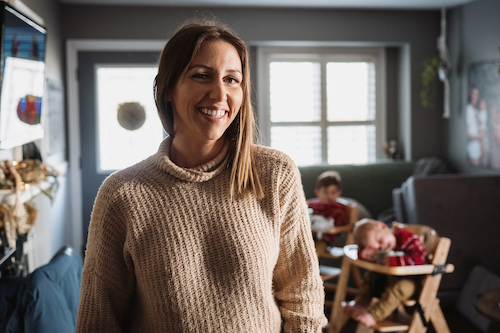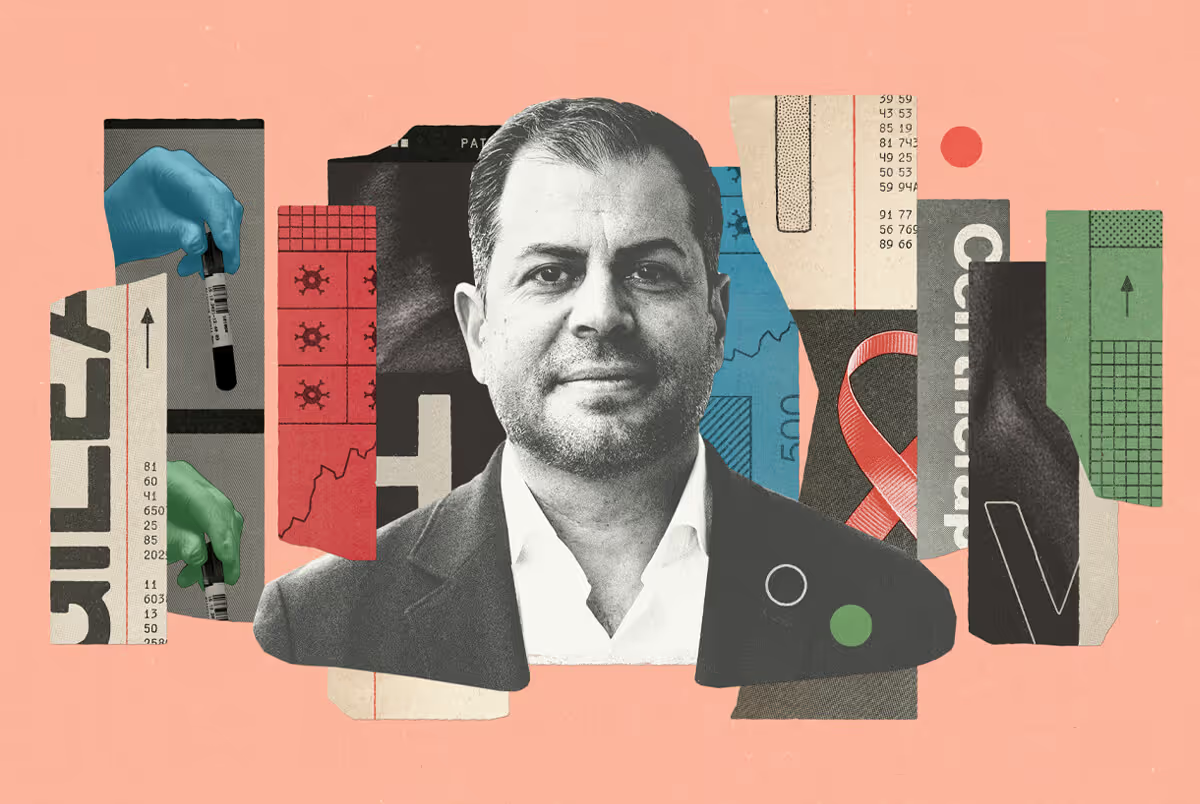Every year, approximately 1,000 Canadians are diagnosed with glioblastoma, or GBM.
Only about five per cent of patients diagnosed with this type of brain cancer survive five years or longer, with an average survival period of around 18 months. Fortunately, the scientific community has made significant strides toward slowing the growth of these types of tumours, potentially giving patients more time with their loved ones. Sadly, these breakthroughs are currently out of reach for the Canadians who need them most.
We connected with Anita Angelini, Dr. Haider Samawi, and Laura Dill, three advocates from across the country who are united in the fight against this aggressive and devastating disease, to highlight the importance of prompt access to safe and effective treatments.
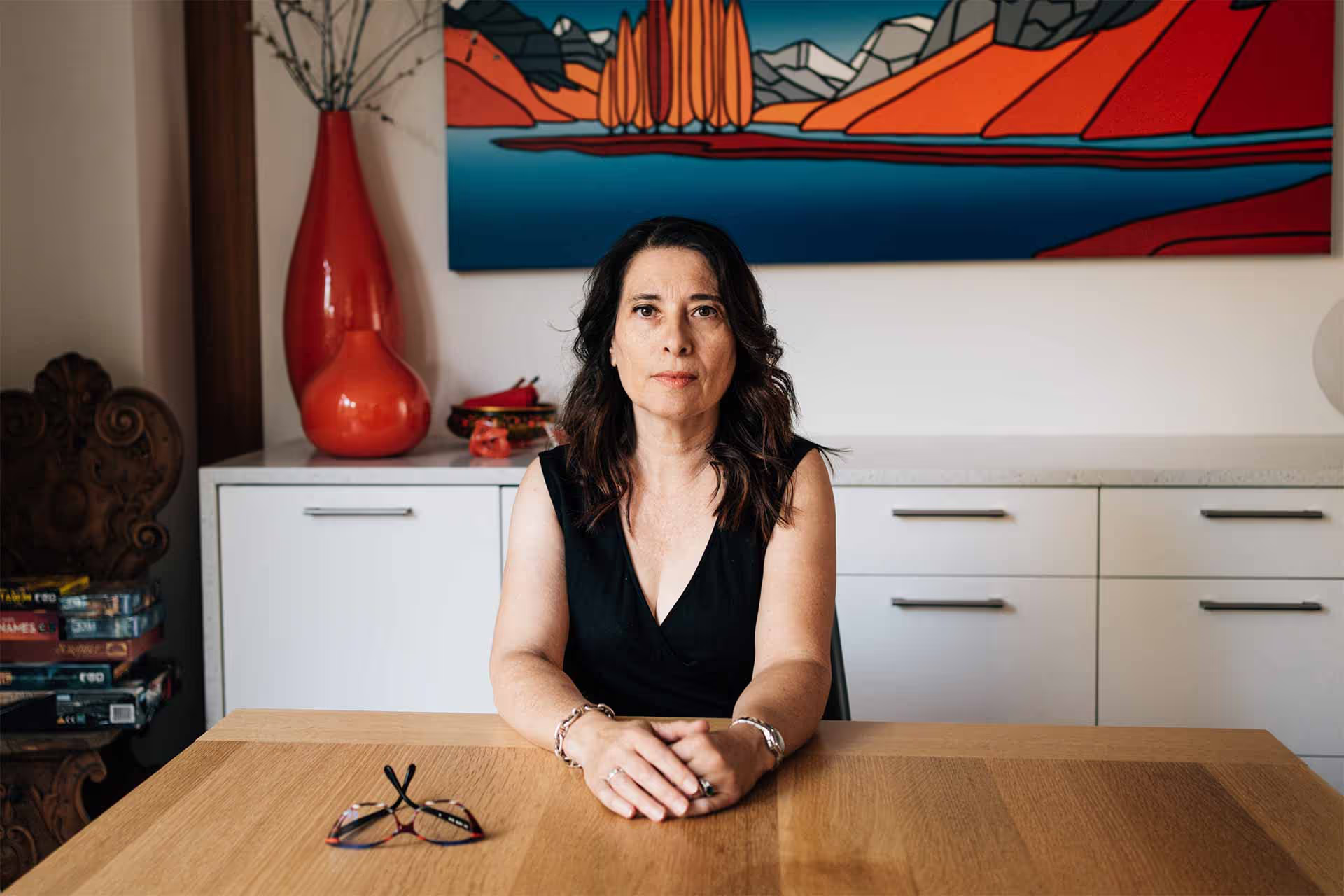
Anita Angelini
“My husband Filippo and I enjoyed an extraordinary life together. We lived and worked around the world and our days were always dynamic, textured, and full of joy. Filippo was an energetic, gregarious man with a voice that came from the centre of the Earth. He was articulate, a deep thinker, and could engage with anyone on any topic. And so, when he was diagnosed with an aggressive brain cancer, one of my main goals was preserving his dignity.
From the get-go, health care providers warned us that Filippo’s treatment wouldn’t be curative and would simply buy us a bit more time. Median survival for glioblastoma, or GBM, patients is around 14 months. Those who are diagnosed will pass away. There’s no room for negotiation. Filippo bravely weathered rounds of chemotherapy and radiation, surgeries, and ICU stays. We even pursued treatment in the US—approaches that our medical teams were fully supportive of—but were unable to receive access due to the fact that we’re Canadian residents.
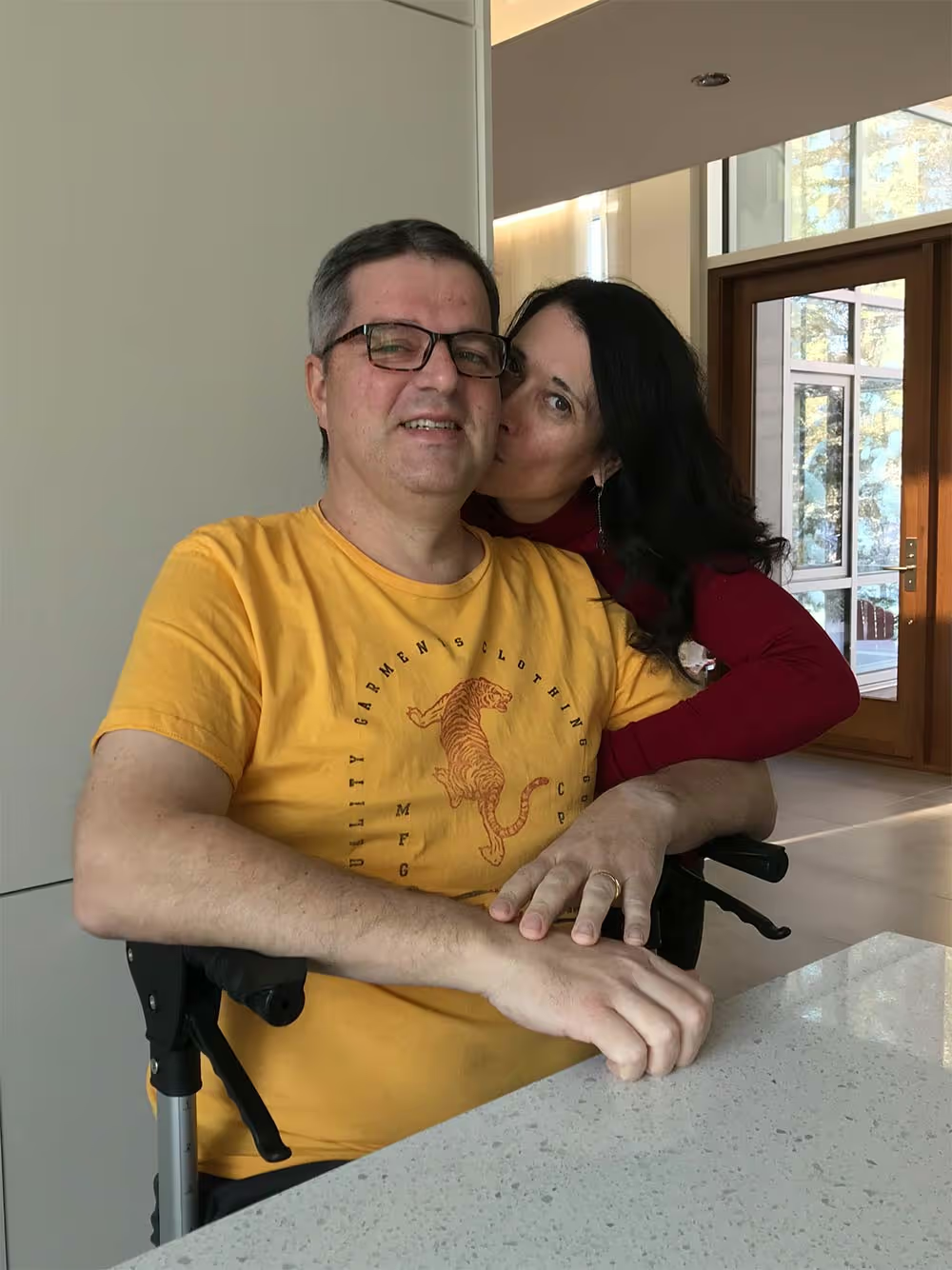
Our son came home from university and, together, he and I provided the bulk of Filippo’s care. It was a brutal time for all of us. Fortunately, we had a small army of friends and family providing us support and keeping us going. Filippo passed away in December of 2020, the day before his 53rd birthday and right at the projected median survival time. I hate to say he passed peacefully, because nothing about glioblastoma is peaceful. But he passed gently, as he had wished for, with his dignity fully intact.
After Filippo died, I felt completely adrift, like I was lost in space. For a couple of years, I simply drifted in orbit, disconnected from everything, just trying to put myself back together.
Slowly, my unrelenting despair started to produce a determination to change outcomes for other Canadian families who were facing, or will face, a devastating brain cancer diagnosis. I’m a retired academic, and research has always been very important to me. To create tangible change, I believe we need to accelerate the science. That’s when I found Brain Cancer Canada.
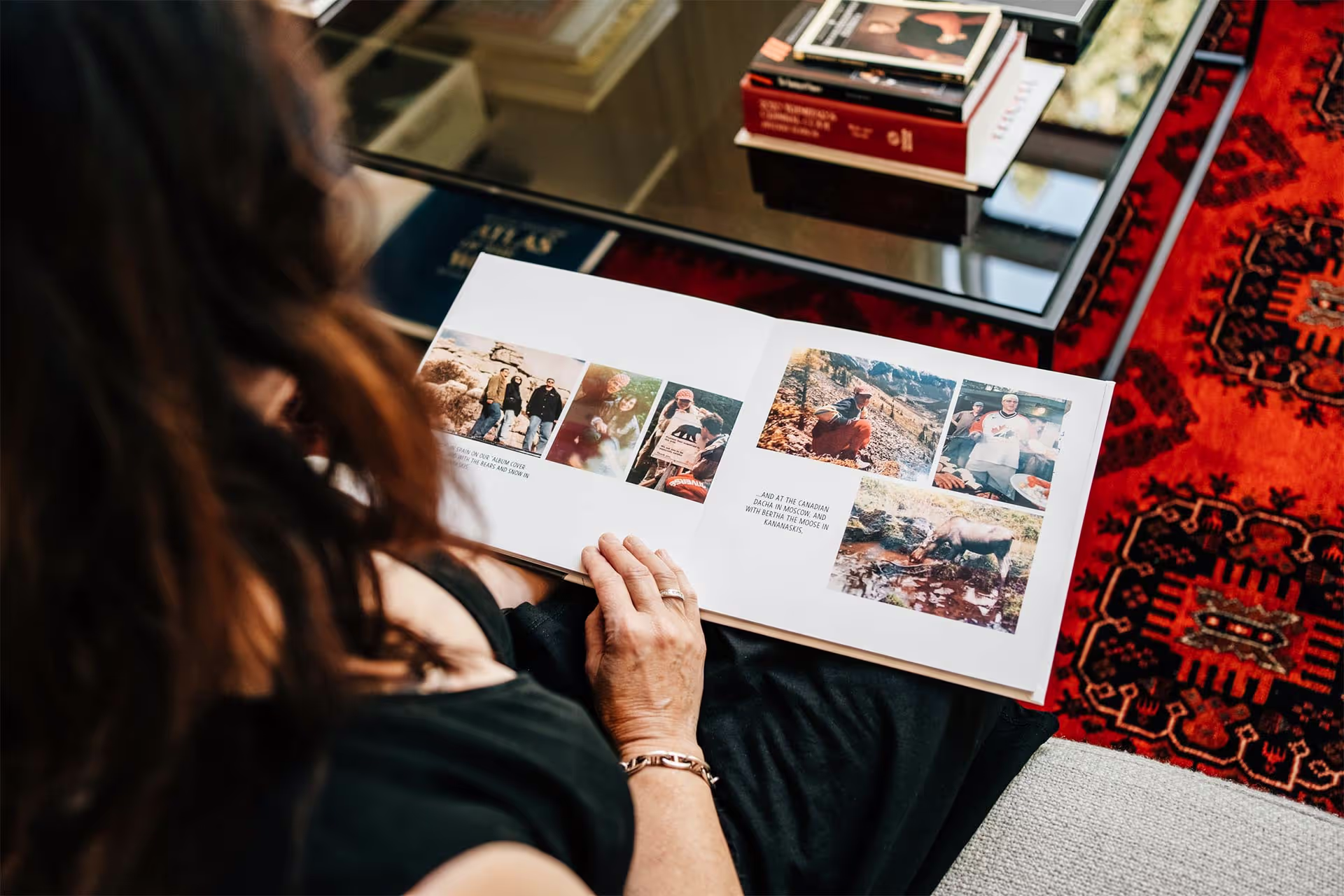
Today, I’m Vice Chair of Brain Cancer Canada and I’m trying to honour Filippo everyday by fighting for a future where Canadian patients have accelerated access to the best treatments, the most advanced technologies, and the most promising clinical trials. There are therapies available in the U.S. and parts of Europe right now that we still don’t yet have access to here in Canada, mainly for funding reasons.
I couldn’t save Filippo but I can help to improve, and extend, the lives of others diagnosed with this horrible disease. I have to. I will. For Filippo.”
The current standard of care for GBM is surgery, radiation therapy, and chemotherapy. Innovative therapies are available to patients in eight countries (including the U.S., France, and Germany) but are slow to be funded by Canada’s provincial cancer agencies.
DID YOU KNOW?

Dr. Haider Samawi
“Any cancer diagnosis is hard. But the cancer journey with intracranial brain tumours like glioblastoma can be especially agonizing, with unique, difficult symptoms often appearing early on.
Because of the limited space the brain has in the skull, tumour growth can result in significant symptoms like weakness, paralysis, seizures, or cognitive issues. Patients often lose vital abilities like walking, talking, and reading. People also could have change in personality over the course of the disease. Sometimes they become very emotional, sometimes violent. It’s not only very hard on the patient, but heartbreaking for family and caregivers.
When glioblastoma patients first come to the cancer centre, they often have minimal understanding of the gravity of the disease. It takes a team with diverse skills to support them. Our aim is always to cure patients, but unfortunately that’s currently not possible with cancers like this.
Glioblastomas are highly resistant to therapies, and the blood-brain barrier — the body’s natural defence of the brain — makes it even more difficult for medications to penetrate into the tumour.

Currently, the average survival for glioblastoma patients is a year to a year and half. This can be a very frightening timeline, but it also means that even modest improvements have a truly significant impact on patients’ lives. If we’re able, through new therapies, to potentially extend survival by just a few months, with a good quality of life, that can mean so much to a patient and their family. That’s a birthday, a wedding, or an anniversary that won’t be missed. After all, the thousand-mile journey to a cure starts with a step.
People in my life do sometimes ask me how I, personally, can do the work I do. Isn’t it heartbreaking to watch this cruel journey over and over? Of course, it is, and it does take a certain type of personality. But I also really do enjoy my job, because I know I’m helping people at a time when they need it most. And we have small, incredibly meaningful successes — more and more every single day.
There have been enormous advancements in our understanding of the biology of this disease. I’m confident that — if research and innovation are properly supported and funding mechanisms are put into place — we will at some point find a breakthrough therapy that changes the whole paradigm of this disease. For now, we must celebrate and embrace every step — no matter its size— toward our overall goal.”
Glioblastoma is the most aggressive and lethal form of brain cancer with a five-year overall survival rate of approximately 5.3%.
DID YOU KNOW?

Laura Dill
“My dad was diagnosed with glioblastoma in 2019 and given a year to live. Two weeks later, my mom was rushed to the same hospital, where she received the exact same diagnosis and the exact same prognosis. If this were the plot of a movie, I’d roll my eyes in disbelief.
My parents were 20 years on from a very amicable divorce. They had both remarried, but they’d always remained close, especially once the grandkids arrived. After my dad’s diagnosis, my mom was at the hospital every day to visit him and to check on me and my brother and our stepmom, making sure we were doing okay. And the whole time, she’d had those same tumours in her head.
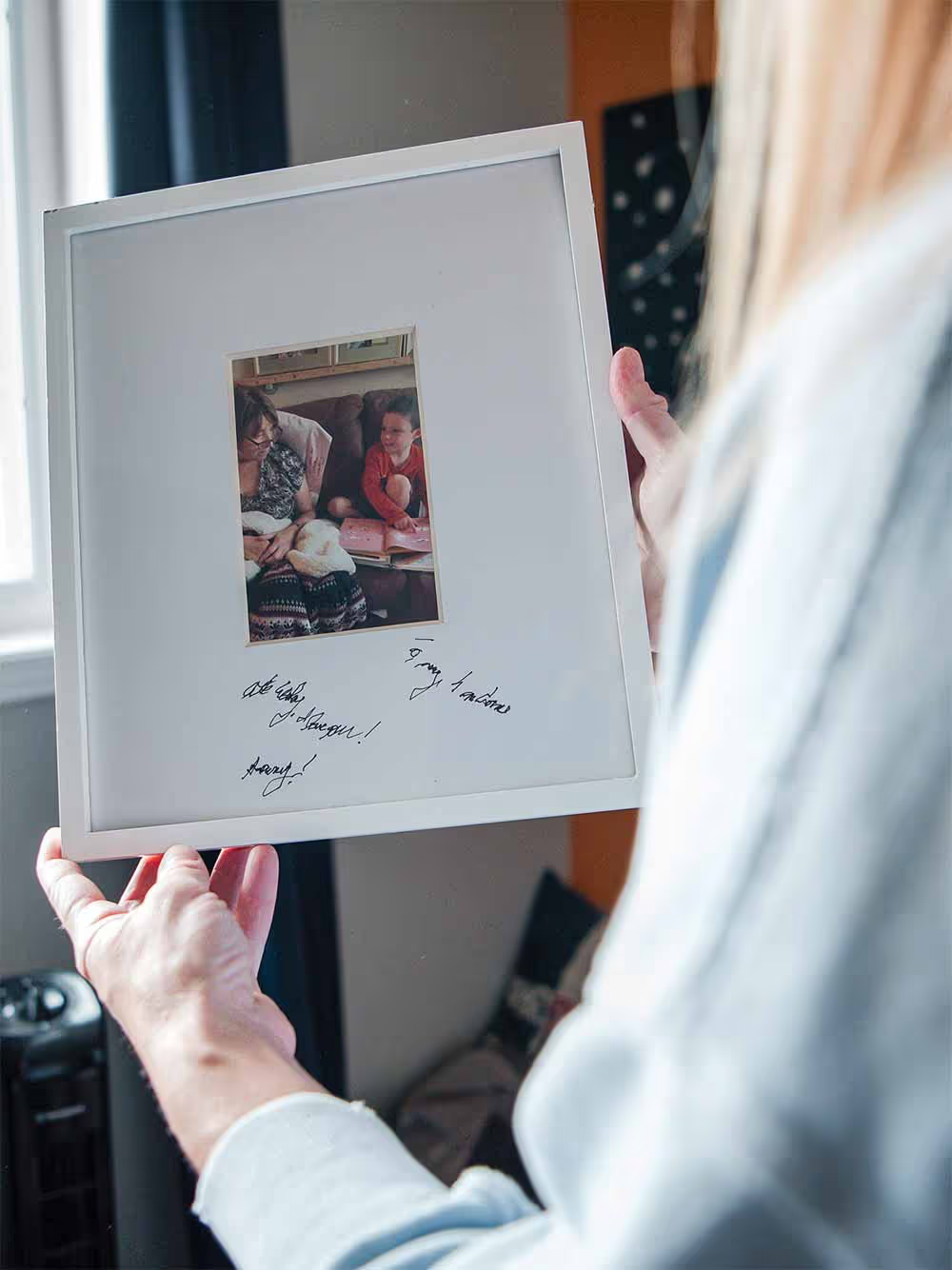
As they both went through their treatment, we’d all gather at the hospital: mom, dad, kids, grandkids, dad’s wife, mom’s husband. We’d laugh and cry together, support each other as best we could, and get lunch together in the cafeteria. This disease is devastating, but there was also a weird, hard-to-accurately-describe beauty to how it brought us all together.
In all the chaos and pain that followed, I diligently avoided going down the rabbit hole of late nights spent reading every article online. I’ve known people who threw their entire beings into researching cutting-edge therapies and fighting for access to them. That kind of advocacy makes a difference. But I also know how much energy it takes, and I just couldn’t do it. No one should have to choose between fighting for the best treatments and making the most of the limited time they have left with their loved ones. In the end, I decided I’d rather be sitting and chatting with my mom. I’d rather be reading The Hobbit with my dad. These little moments are the ones that matter most.
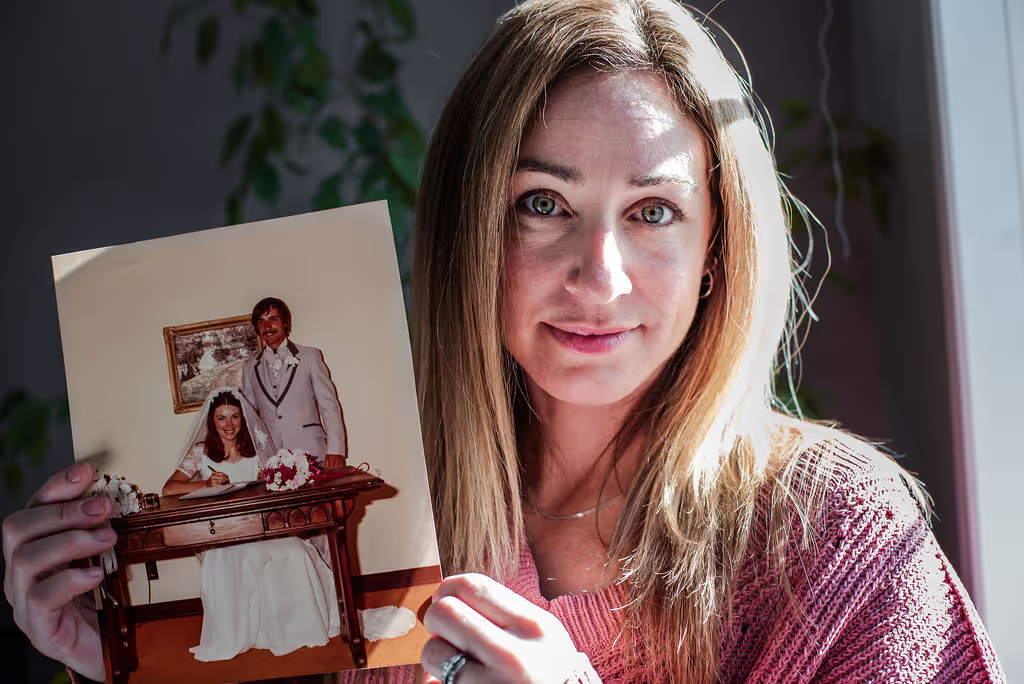
Before my parents passed, I got to make new memories with both of them. I got to tell them what they meant to me. I got to say goodbye properly and help them leave this world knowing what a powerful legacy they were leaving behind. The work I do now with the Slay Society is about recognizing that every person walking the GBM road with a loved one deserves the same opportunity.
Glioblastoma is a cruel, fast-moving, incurable disease. When you’re told you have one last year with a loved one, how much of it do you want to spend researching clinical trials and fighting for access to the best treatments? Shouldn’t they be available to those who need them without a fight?”
Brain Cancer Canada is steadfastly committed to making life-extending innovations accessible to Canadians living with glioblastoma and furthering research to continue to improve survival for all forms of brain cancer. To learn more about our work or to join our community, click here.
To advocate for prompt access to innovative brain cancer therapies, click here.
A community-based initiative with support from Novocure Canada.
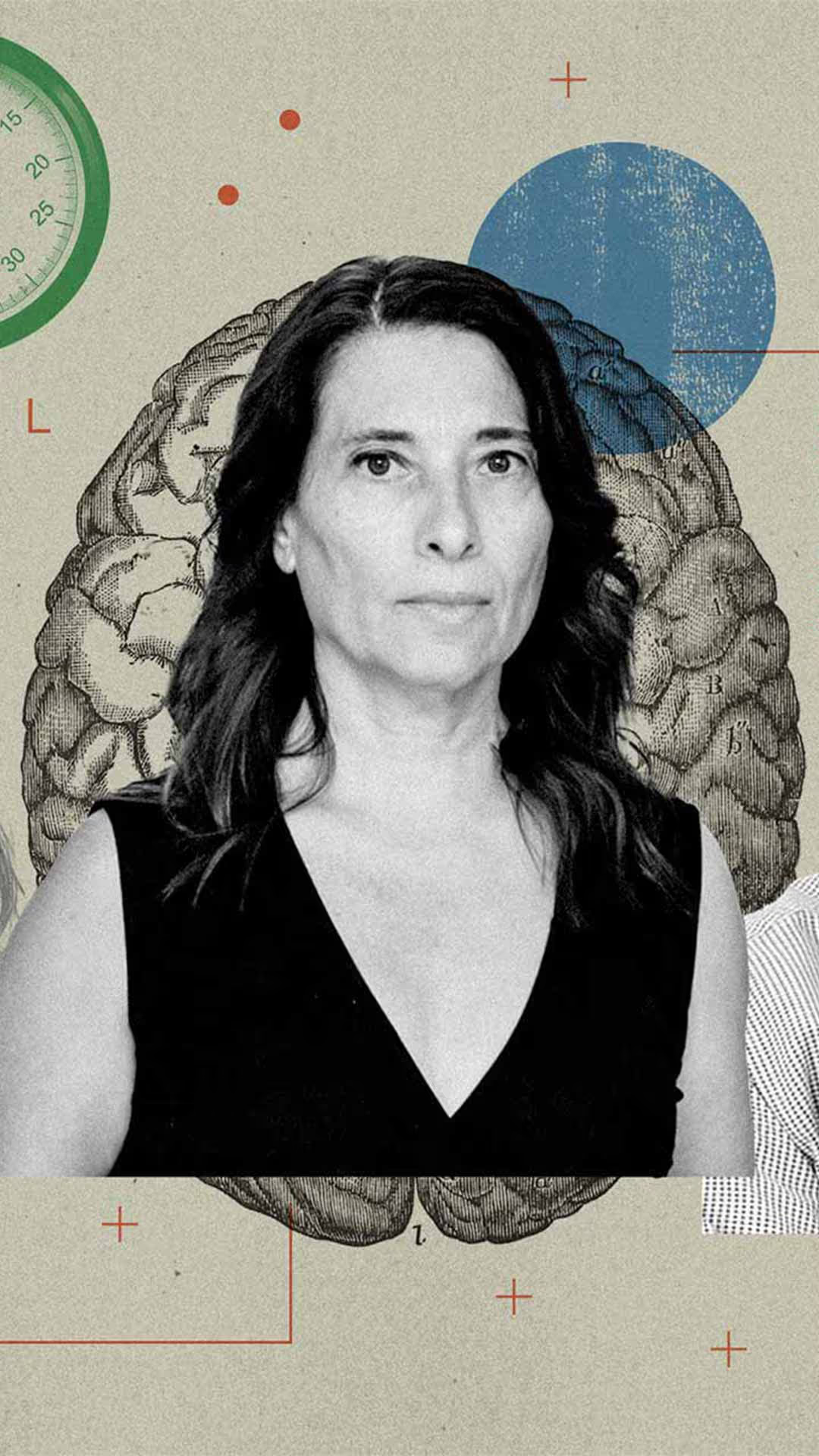

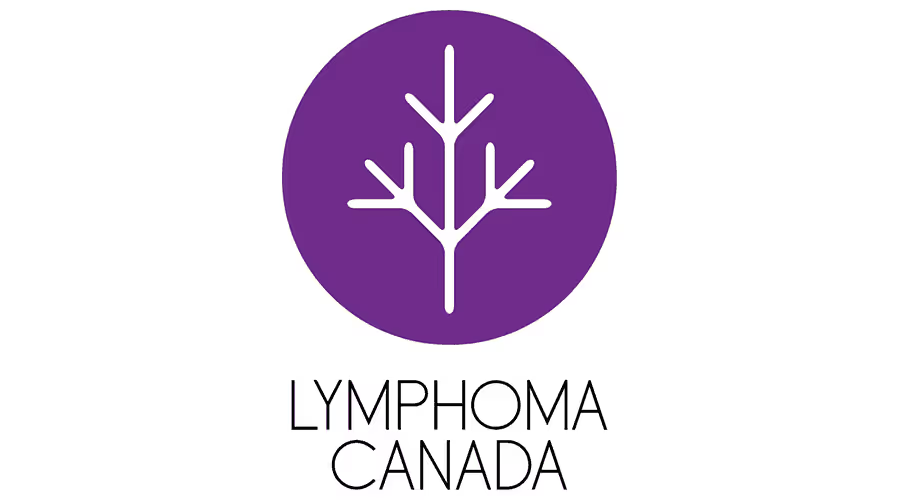
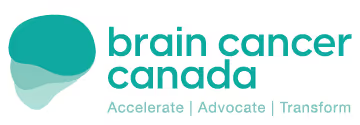
%20(1).jpg)
